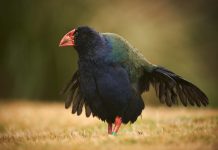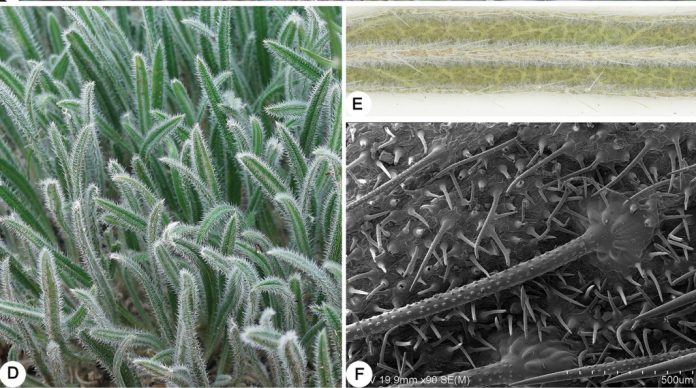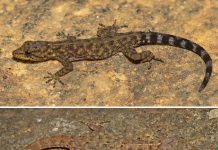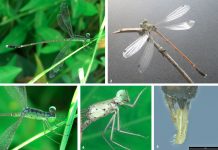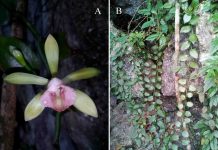Scientist of China discovered a new species of Boraginaceae from northern Xinjiang, China, a several days ago. The scientist Yi He and his team named this new species as Onosma fuynensis. According to them, Onosma fuyunensis is similar to O.simplicissima and O.gmelinii; it differs in having a particularly bristly indumentum, unbranched stems, white and yellow corollas, anthers united only at base, and nutlets with a stipitate cicatrix.
In recent years several new species of onosma have been discovered by scientists and after this the total numbers of Onosma species increased nearly to 240. The Onosma L. (Boraginaceae-Lithospermeae), one of the largest genera in Boraginaceae, is primarily distributed in the temperate zones of the Old-World, with the main center of diversity in the Irano-Turanian region.
To this research, scientist collected total of 37 herbarium specimens of Onosma fuyunensis from four populations in Northern Xinjiang, China in July, 2017. Photos of accepted names and their synonyms from Xinjiang and adjacent regions were examined and compared along with 133 herbarium specimens from BNU, KUN, N, NAS, PE, XJA, XJBI, YUKU and 731 specimen pictures from BM, E, FL, K, KW, L, G, MO, MW, P and W, as the research paper says.
Onosma fuyunensis is mainly distributed in Fuyun County, Qinghe County and Altay Prefecture, it is also known from W Mongolia near the border (Khovd aimag), according to the photo record by Peter Kosachev
The species’ flowering and fruiting occurs starting from May to July. According to the researchers’, current data, Onosma fuyunensis grows in a large area of ca. 70, 000 km2, between N Xinjiang and W Mongolia. Similar habitats are common in this area. During their field investigation, it is said that four large populations (at least 50 mature individuals) of this species were easily found even at the end of its flowering season. As the scientists suggest, Onosma fuyunensis could be the dominant species in some screes and meadows. In these areas, human activities are infrequent, and grazing pressure is low. Historical specimens of this taxon are also seems abundant (from 16 different locations).
Researchers justify that this species is Least Concern (LC), according to the IUCN Standards and Petitions Committee (2019) criteria.
If you are interested to read more on this research, you can find the full research article in here (https://doi.org/10.3897/phytokeys.144.33287)
Cover photo – Yi He





